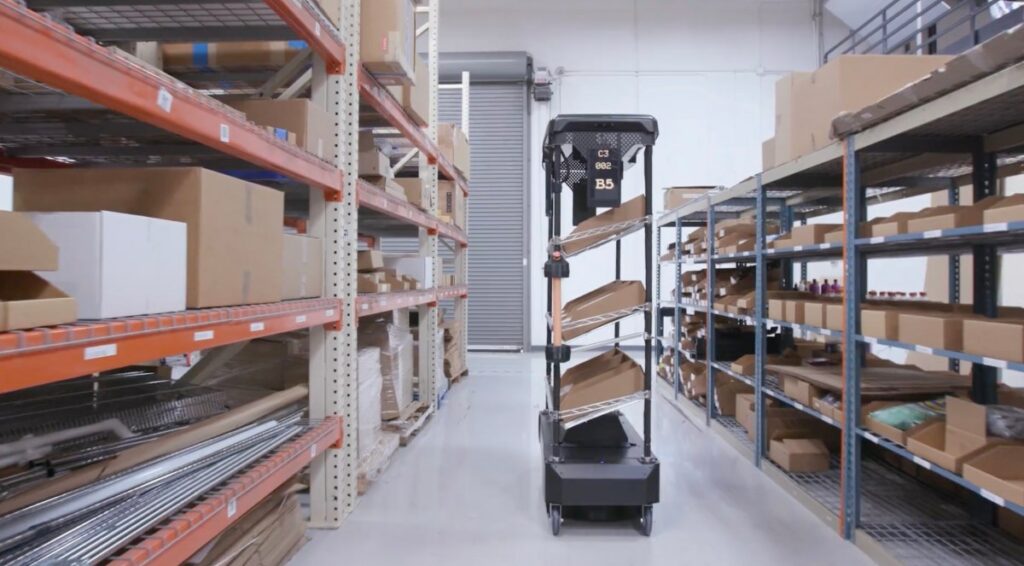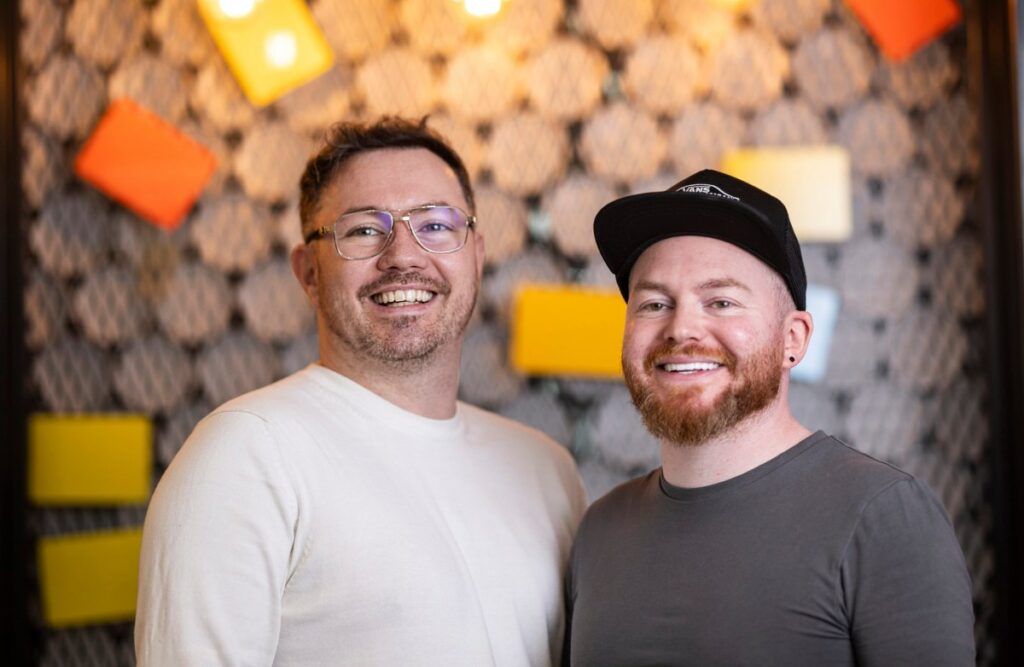Two things are immediately notable when watching the Carter Pro robot navigate the aisles of the demo warehouse inside Robust AI’s San Carlos, California, headquarters. The first is the shelving units: standardized, modular, and off-the-shelf. The wire frames will look familiar to anyone who has spent time in warehouses, and that’s certainly by design.
The second thing isn’t a visible element of the wheeled robot itself, but instead how humans in the space interact with their automated co-worker. As Carter cruises the halls, Robust employees pick it up and move it around. It sounds like a small distinction, but it’s notable in this world where humans and robots work side by side.
The question of safety hasn’t been raised with enough regularity in stories covering the rise of humanoid robots in the work setting. While some companies have moved beyond the days of industrial arms tucked away in safety cages, there’s always a risk when humans are working alongside an autonomously moving metal system. Heck, electric forklifts have been around since the 1930s and are still regularly involved with workplace injuries.
Being able to manually move the robot could be an important part of deploying industrial robotic systems in the future. For Carter, that means more than just becoming a passive piece of equipment, but rather sensing the force being applied and adjusting accordingly. There’s also a bright orange handlebar that allows for single-handed control — a surprisingly complex challenge when creating a system like this.
That the collaborative nature is a core tenet of the system isn’t a surprise, given the founders’ pedigree. Prior to Robust, CTO Rodney Brooks founded Rethink Robotics, which also centered on human-robot interactions (HRI). While plenty of column space has been devoted to a future in which humanoid and other robots have entirely replaced their human counterparts, that’s a distant vision, at best.
People and robots are going to be working side by side for the foreseeable future, so it’s important to ensure we can do so safely.
Another Carter differentiator Brooks is quick to point out is the use of cameras, rather than lidar. It’s a move that’s growing in popularity among autonomous mobile robot (AMR) makers. Pricing is a big piece of that puzzle, but there are additional reasons lidar might not be the best solution in a warehouse setting.
A number of partners have been testing out an early version of the system, prior to the production model’s release. “It was just over a week that the first one came off the production line,” Brooks tells TechCrunch. DHL is the first large customer to be publicly announced, but while the global logistics firm no doubt has more than enough work to keep the robotics startup busy for the next decade, Brooks says that Robust is intentionally diversifying its client portfolio.
“We’re not going to just do business with DHL,” he explains. “Walmart had a whole bunch of robotics companies, and then they shut it down, and now those robotics companies are in trouble. We’ve made it clear to DHL that they only get a certain percentage of the robots we build, because we have to have a broader customer base.”


